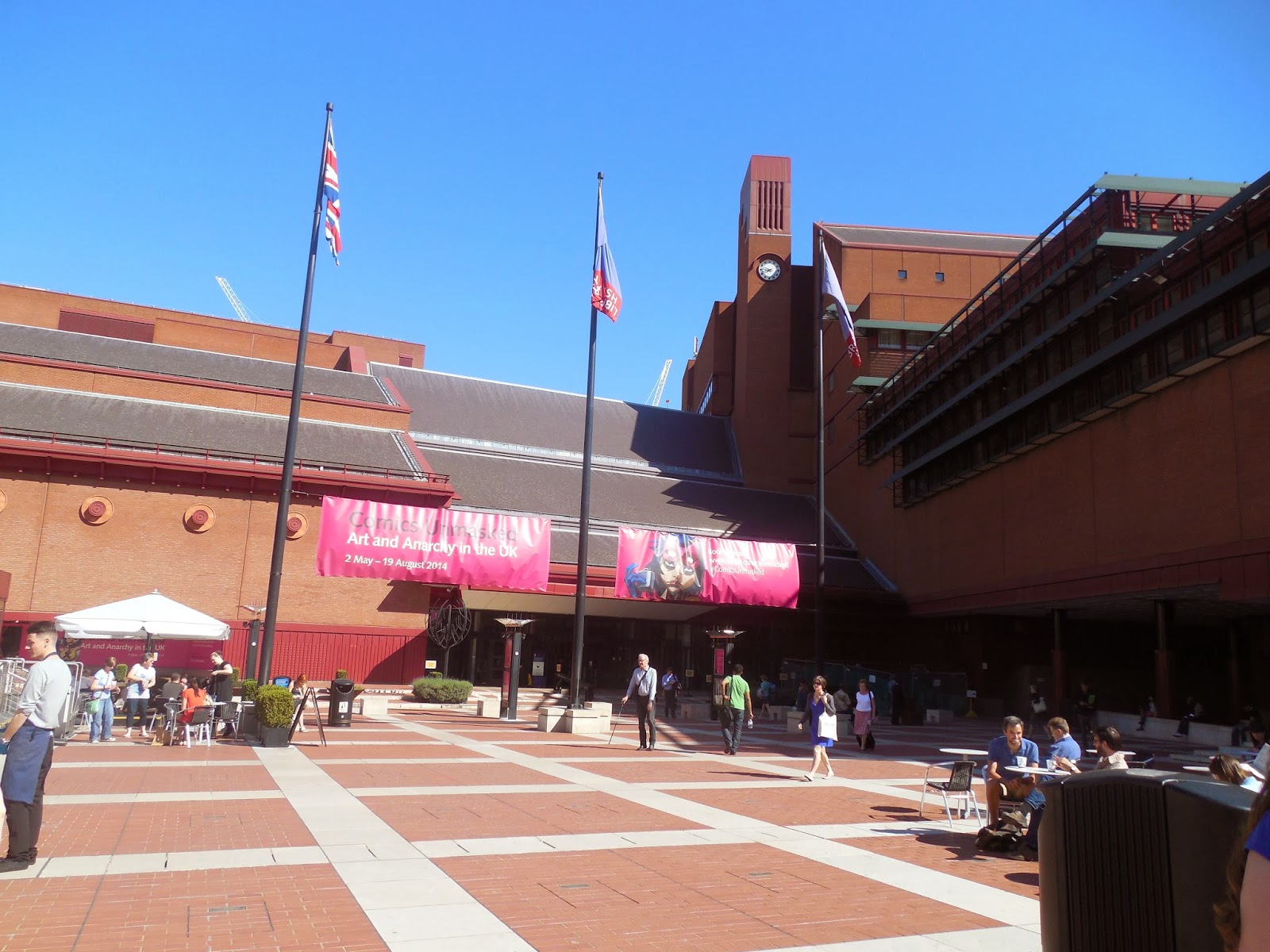The tour starts with a short film about the impact the films and books have had on society. There were clips of huge crowds at book releases. It was incredible to see how important the books were to so many people. There was another short film about the making of the movies, and the tour we were about to start.
We entered the tour in the Great Hall. They had props and costumes set up from the films. The next room was a huge building full of props and sets. They had the Gryffindor Common Room, Dumbledore's office, and Hagrid's hut. Inside each of the sets were costumes and props used in the films. They also had display cases full of props. Some of these included the philosopher's stone, the golden snitch, and Tom Riddle's diary. They also had a display containing all of the different wands belonging to the characters.
The Golden Snitch
The next stop on the tour was outdoors, where they had the Knight Bus set up. It is a huge triple decker purple bus. It was very cool! They also had the exterior of the Dursley's house set up. We also saw a behind the scenes look at the special effects and makeup used in the films. They had some of the prosthetic masks and body parts used on mythical creatures like dwarves and goblins.
They save the best two sets for last. First, they had Diagon Alley set up. It was incredible to be able to walk down the middle of Diagon Alley. The set was huge, and it really felt like you were there. However, the most impressive feature of the tour was a model of Hogwarts. In the films, all of the exterior shots of Hogwarts were filmed using this model. It was huge!
The model of Hogwarts
All of the sets and props on display at the tour were originals used in the films. They even had the actual wigs the actors wore while filming!


































